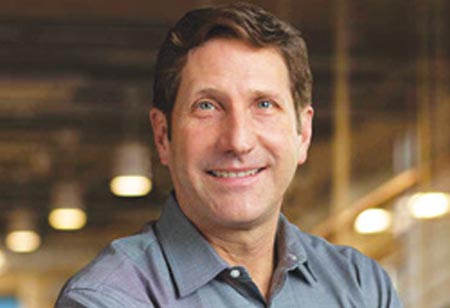Advances in technology and data are making the work of assessing wildfire risk easier and more accurate. In addition to helping insurance carriers have a better understanding of the risk they are assuming, insurance carriers are encouraging customers to be better prepared, too.
PEMCO Insurance serves communities across the Pacific Northwest. Vast swaths of the Northwest are wildfire country, so it is risk to which we are accustomed and must be skilled at managing. Among the information available to us, the National Significant Wildland Fire Potential Outlook from the Predictive Services of the National Interagency Fire Center is where we start our assessment of risk in the coming months.
With most of the West in drought conditions, the outlook for wildfire season does not look promising. In the Pacific Northwest, we’re currently experiencing prolonged La Nina conditions, and in our part of the country, that typically translates to colder and wetter weather patterns that give us a solid snowpack at higher elevations. And this Spring has also been cooler and wetter than normal.
While the runoff from a healthy snowpack offers many benefits to wildland areas – often including a slower start to wildfire season – a healthy snowpack doesn’t necessarily make wildfire less likely.
Wildfires are a meteorological event and with weather that is more variable, tend to accompany both dry weather and high winds. Wildfires need three things: A source of ignition, fuel, and wind. With climate change, relative humidity is staying low overnight, further drying out fuels and making ignition easy and more likely. Add in more humans moving into the wildland urban interface, and again likelihood for ignition goes up.
While I think it is difficult to know precisely what impact climate change is having on wind, the increased frequency of wildfire suggests the combination of strong winds that exacerbate dry fuel conditions and are necessary for wildfire are happening more often.
PEMCO’s approach to wildfires has evolved over time.
Over the last few years, our ability to understand the potential for catastrophic events and relative wildfire risk has improved. Using geospatial data, underwriters can make real-time decisions about the wildfire risk for a specific property, and to consider the overall concentration of risk in a particular area.
Mapping the properties we have in our portfolio allows us to visualize potential catastrophe impacts and manage concentration...
With the increase in the severity and frequency of wildfires across the country, general awareness has grown among policyholders, and it has prompted people to ask what they can do to protect themselves and find solutions.
Many homeowners are taking steps to harden their homes against wildfires One positive outcome of wildfire awareness is that many homeowners in the wildland urban interface are being proactive to protect their homes by clearing materials around the perimeter to make a five-foot non-combustible zone and create at least 30 feet of defensible space.
Another positive development is that the government has started to act. We’re seeing better forestry management plans put in place by some agencies, as well as more funding for firefighting. Not only has funding improved, but there is also better cooperation and coordination between firefighting entities.
Likewise, I’ve seen some changes in firefighting approaches. For example, in Washington, it is becoming more common to conduct prescribed burning on state land for the first time in nearly two decades. The intent is to help clear our forests of excess debris, like dead and dying trees, that act as fuel for wildfires. This approach should result in healthier forests with a reduced fuel load, potentially decreasing the risk of severe wildfire in critical areas.
Even as climate changes increase the risk of wildfire, I’m optimistic that the work we’re doing will enable us to continue protecting our homeowners, and with our customers’ work, their exposure to a loss can also be reduced


